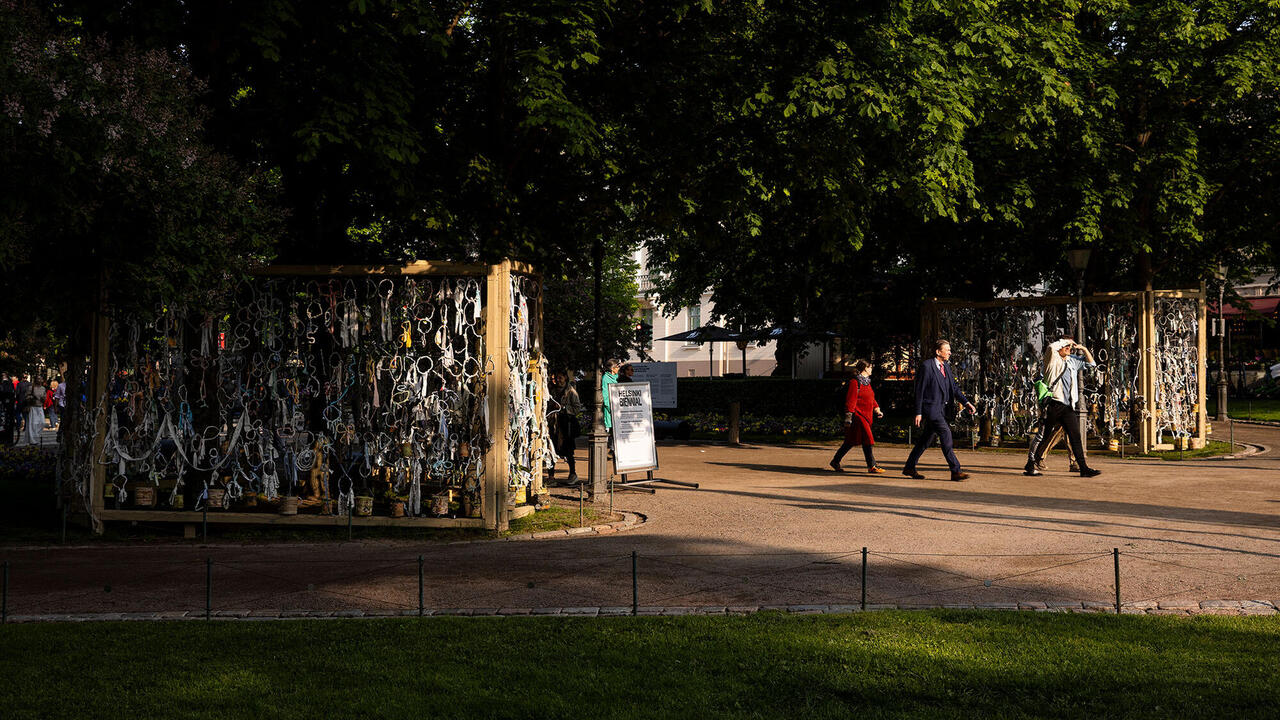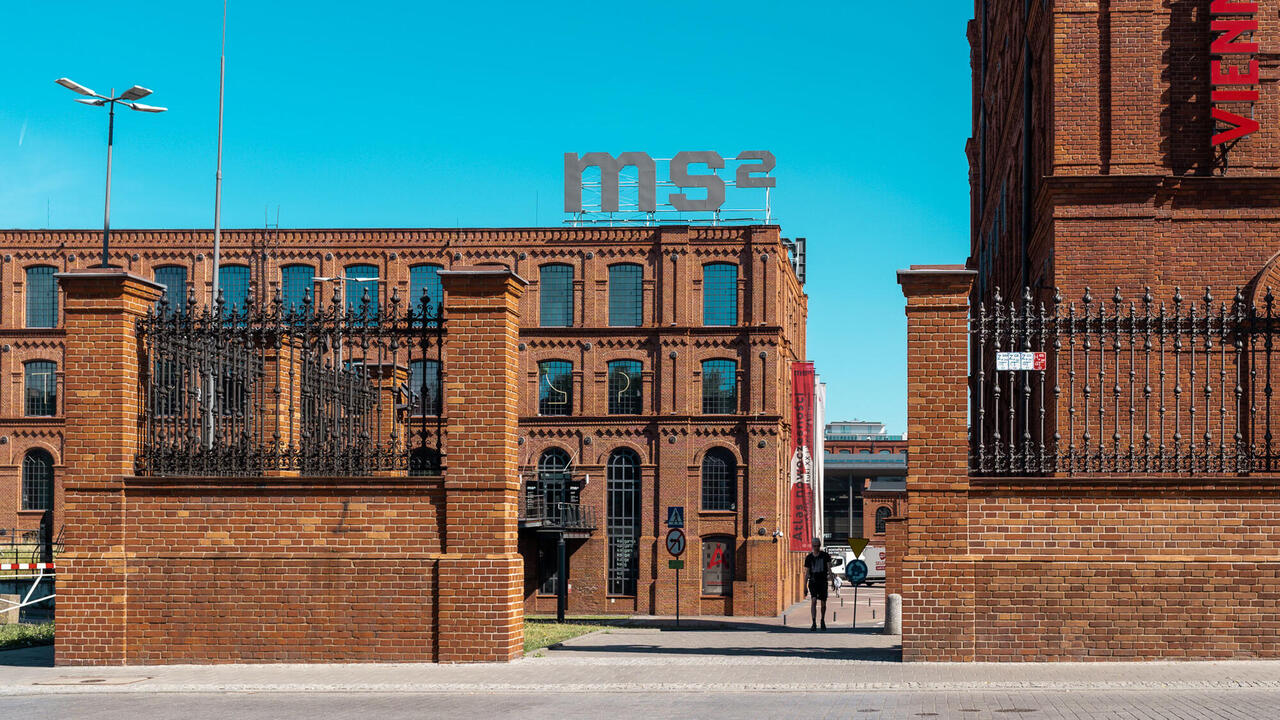Fiete Stolte
21-hour days, eight-day weeks; ‘aesthetics acts’ and Polaroids
21-hour days, eight-day weeks; ‘aesthetics acts’ and Polaroids

Time dictates our lives. But what does it look like? Can it even be captured in images? Icon painters responded to this challenge by portraying saints frozen like pillars of salt, belonging to an otherworldly sphere cut off from time. The Cubists and the Futurists took a different approach, breaking movements into moments, while the Russian Constructivists tried to represent time as a continuum.
These different solutions were all based on the same truism: no one can escape the passage of time. Except, perhaps, Berlin-based artist Fiete Stolte. For more than three years, his daily routine has ceased to obey the established rhythm of a 24-hour day, structured by the rising and setting of the sun. His day has 21 hours. His week lasts eight days.
In one of his earliest works Stolte began to convince himself of this eight-day week. He took an aeroplane from Berlin on a Sunday, flying east. He organized his flights so he could photograph sunrise and sunset every day from inside the cabin. And lo and behold, when he arrived back in Berlin the following Sunday he had eight sunrises and eight sunsets which he laid out side by side as neatly labelled Polaroids. This series from 2007, entitled ‘8 Sunrises/8 Sunsets’, was his irrevocable proof that a week lasts exactly eight days. It really does exist, and not just in The Beatles’ song.
The same year, Stolte built his own clock, the 8 Day Week Clock, and, for one week in 2008, he photographed the sun every day at noon from his roof (Facing the Sun at High Noon). Due to the detachment of his 21-hour timescale from the rotation of the earth, Stolte’s ‘high noon’ may be at sunset or in the middle of the night. From picture to picture, the rooftop photographs become darker, to the point of almost total blackness, before becoming lighter again. Arranged in a horizontal line, the eight images create an abstract pattern that bears witness to the discontinuity between Stolte-time and world-time.
Life in this eight-days-a-week rhythm made Stolte aware of the paradoxical nature of time. How many different versions of it exist? How does time begin, how does it end, and if it really were to end, would anyone notice? For the icon painters, it was easy: the movement of worldly life testified to the presence of time; for the unmoving saint in heaven, time was absent. But what about the presence of time for people living today?
Stolte says the motto of his artistic approach is ‘absence as action’. In his search for ways to translate this into visual terms, he finds a parallel in the state of sleep. He filmed himself asleep on a bed, entirely covered by a white sheet.The resulting footage is projected onto a sheet of transparent glass (Scenery, 2010). The viewer sees a draped bed sheet, reminiscent of Baroque paintings. Nothing moves, then suddenly there is a tiny shift: is this the moment when time becomes present? Has time ever been present? Stolte’s works make a point of provoking such apparently absurd questions.
Stolte continues to follow the 21-hour day, but his praxis should not be understood as a post-1960s ‘merging of art and life’. He is not concerned with expanding art into everyday life. On the contrary, the artist highlights the difference between aesthetic acts and ordinary, everyday acts. He is interested in the ‘aesthetic distance’ that, according to Jacques Rancière, is what allows art to make its impact on society.
At Art Basel in 2009, with Berlin’s Sassa Trülzsch Gallery, Stolte showed a large cage, covered with photocopied sketches of unrealized works that were attached to the structure like loose shingles; peeping inside through the gaps, one could see a live camera feed showing what was going on in his studio (24th week/2009, 2009). Every day, he also sent the gallerist emails stating a time and including a photograph of his current surroundings; photocopies of these images were successively put on a stack for viewers to leaf through, testifying to the daily routine of his eight-day-week life (this part of the presentation in Basel eventually became a work of its own, Diary, 2010). Once again, two different passages of time, two different life rhythms, collided: the commercial time of the fair and the aesthetic time of the artist. Both were real. Or were they?
Translated by Nicholas Grindell
















